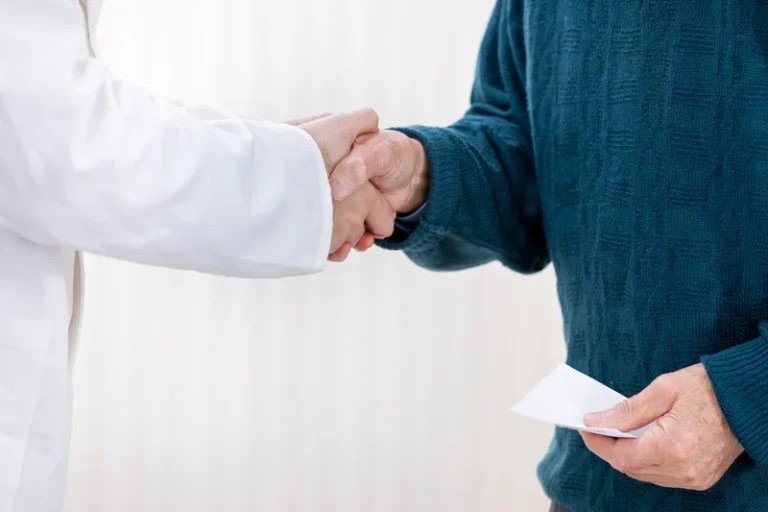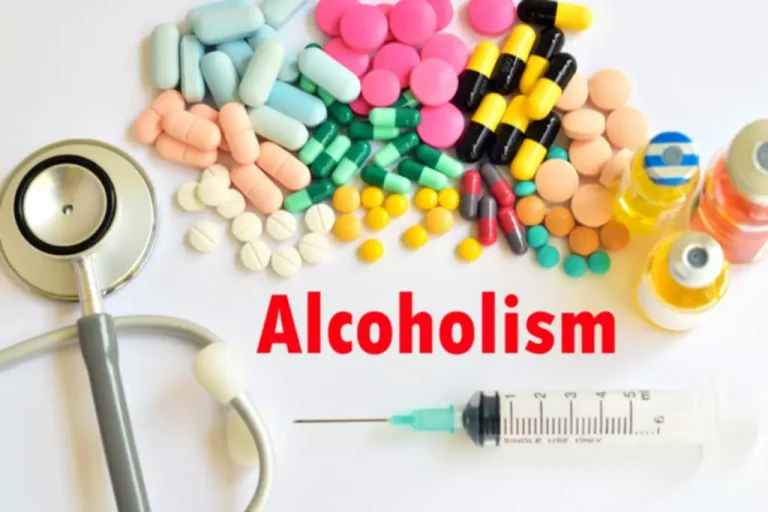
In one model of global brain function based on the free-energy principle (Friston, 2010), activity in deep-layer projection neurons encodes top-down inferences about the world. Speculatively, if deep-layer pyramidal cells were to become hyperexcitable during the psychedelic state, information processing would be biased in the direction of inference—such that implicit models of the world become spontaneously manifest—intruding into consciousness without prior invitation from sensory data. This could explain many of the subjective effects of psychedelics (Muthukumaraswamy et al., 2013, p. 15181). Third, consistent with both psychoanalytic and filtration theory, is the notion that psychedelic drugs’ capacity to temporarily weaken, collapse, or disintegrate the normal ego/DMN stronghold underpins their therapeutic utility.
- Emotional psychedelic effects are characterized by a general intensification of feelings, increased (conscious) access to emotions, and a broadening in the overall range of emotions felt over the duration of the drug session.
- Mixed-effects, repeated measures one-way ANOVAs were used to determine the persisting effects of psilocybin on self-report affect measures, comparing each measure between each time point (baseline, 1-week, and 1-month post-psilocybin).
- Participants completed the Big Five Inventory (BFI)51 and the Tellegen Absorption Scale (TAS)52 one day before and one month after psilocybin, and responses were compared between time points to investigate the enduring effect of psilocybin on personality.
- Thus, filtration theory offered a way to understand psychedelic effects that was consistent with both their psychotomimetic properties and their therapeutic utility.
- Hallucinogen persisting perception disorder (HPPD) occurs when a person experiences hallucinations or visual disturbances long after using a hallucinogenic drug.
What is psilocybin microdosing?
There are rare but potential long-term effects of hallucinogens, including disorganized thinking, mood changes, paranoia, and perceptual disturbances. Liquid psilocybin is also available, which is the naturally occurring psychedelic drug found in liberty caps. Psilocybin is considered one of the most well-known psychedelics, according to the Substance Abuse and Mental Health Services Administration (SAMHSA). Psilocybin is classified as a Schedule I drug, meaning that it has a high potential for misuse and has no currently accepted medical use in treatment in the United States. Everyday Health follows strict sourcing guidelines to ensure the accuracy of its content, outlined in our editorial policy.
Depression and Anxiety
Far from being mere observers, these nurses acted as companions, guides, and anchors for patients receiving psychedelic treatment, providing reassurance, support, and understanding throughout the drug administration session. Further, by 1958, psychedelic treatment clinics began emphasizing the importance of “set and setting” in achieving desired outcomes9,24,30,59. Auditory stimuli, such as relaxing classical and semi-classical music, enhanced perception and diverted attention from self-focused fears induced by the experience21. Visual stimuli, like artwork or personal photographs prompted emotional reflection on unhealthy attitudes and relational dynamics, contributing to post-session reflection46. Lastly, it became apparent that the patient-reported phenomenology often entailed encounters with psychospiritual states that diverged from traditional psychiatric and psychoanalytic frameworks. Mescaline-assisted therapies showed promising results during first-wave psychedelic science (Beringer, 1927b; Rouhier, 1927) and this trend continued through second-wave psychedelic research on LSD-assisted therapies (Sandison and Whitelaw, 1957; Cohen and Eisner, 1959; Pahnke et al., 1971; Grof, 1976).
- LSD is typically taken in a tablet or a liquid form that can be taken with certain types of ingestible papers.
- Our review shows that medical risks are often minimal, and that many – albeit not all – of the persistent negative perceptions of psychological risks are unsupported by the currently available scientific evidence, with the majority of reported adverse effects not being observed in a regulated and/or medical context.
- Still, Johnson and others say more extensive, rigorous studies need to be done before psychedelic drugs can be considered a mainstream therapy.
- Some hallucinogens are human-made (synthetic), and some come from naturally occurring compounds found in certain plants and fungi (plural of fungus).
- MDMA stands for 3,4-Methylenedioxymethamphetamine, and is a recreational psychoactive drug.
Psychedelic drug MDMA faces questions as FDA considers approval for PTSD
The observed increase in functional connectivity strength indiscriminately across networks may reflect a domain-general cortical plasticity process supporting the observed changes in affective processing, consistent with preclinical evidence for psychoplastogenic properties of psychedelic drugs45,90. Overall, the current findings identify negative affect as a potential therapeutic target of psilocybin. A psychedelic drug molecule impacts a neuron by binding to and altering the conformation of receptors on the surface of the neuron (Nichols, 2016).
These individuals can experience ongoing mental health issues, such as paranoia, altered mood, and visual disturbances. As with any drug, mixing psychedelics with other substances like other drugs or alcohol may increase the likelihood of an overdose. The flashbacks appear to come out of nowhere, and individuals are totally surprised by them. Common experiences include flashing lights, flashing colors, seeing halos around are psychedelics addictive people, and severe emotional distress. People can also experience very vivid and frightening hallucinations as they are totally unexpected. There appear to be no documented case studies of fatalities as a result of overdosing on magic mushrooms alone, as individuals who have suffered fatalities after using mushrooms are also known to have used other potentially dangerous drugs in combination with the mushrooms.
- Although the drugs diminished in popularity, they retained a following in some regions and cultures and achieved renewed popularity during the 1990s, when LSD and Ecstasy had a significant youth following in the United States and Europe.
- Acknowledging the therapists’ role in supporting treatment success via establishing trust and safety, Smart also provided patients with information concerning the drug effects during the preparation phase.
- The approach was studied in nearly 195 adults with moderate-to-severe PTSD who were randomly assigned to undergo the therapy with MDMA or with a dummy pill.
- Early studies have shown encouraging results, suggesting that carefully administered psychedelic experiences, combined with psychotherapy, could offer new hope for individuals who haven’t responded well to traditional treatments.
- If you have questions about the use of hallucinogens or you think you may be experiencing substance use disorder, reach out to your healthcare provider for help.
- Like any powerful tool, these substances have the potential for both benefit and harm.
- Within a dimensional or domain-based taxonomy of brain function and pathology, the reported findings are consistent with a trans-diagnostic process that may underlie both mood and substance use disorders.
- In one model of global brain function based on the free-energy principle (Friston, 2010), activity in deep-layer projection neurons encodes top-down inferences about the world.
Since magic mushrooms look similar to poisonous mushrooms, poisoning is another potential risk of taking these drugs. This does not mean that shrooms are legal, but that the city is not permitted to “spend resources to impose criminal penalties” on people in possession of the drug. However, in 2020, Oregon became the first state https://ecosoberhouse.com/ to establish a legal framework for receiving psilocybin therapeutically. Food and Drug Administration (FDA) granted breakthrough-therapy status to psilocybin-assisted therapy. This designation aims to improve the research process and hasten the development of drugs that show great promise in treating serious illnesses.


Therapists, who must receive special training and certification in the use of psychedelics, prepare patients for the experience by establishing a completely safe and trusting environment. They provide a reassuring presence even before the drug is administered, during the time it is active, and after the effects have worn off. Because psychedelic agents present vivid new information and enable patients to approach memories and feelings they were unable to process before, patients need good guides for interpreting the contents of their minds and integrating the insights into their lives. Even before the drug is administered, patients need to be in a soothing environment to maximize the efficacy of psychedelic agents—one that conveys complete safety, minimizes anxiety, and delivers preparatory therapy that sets expectations for the possibility of real benefit. Patients typically receive a moderate to large dose of psychedelic drug in each of two or three sessions spaced over several weeks.

Greater subjective effects of a low dose of LSD in participants with depressed mood
Emotions and brain function are altered up to one month after a single high dose of psilocybin
